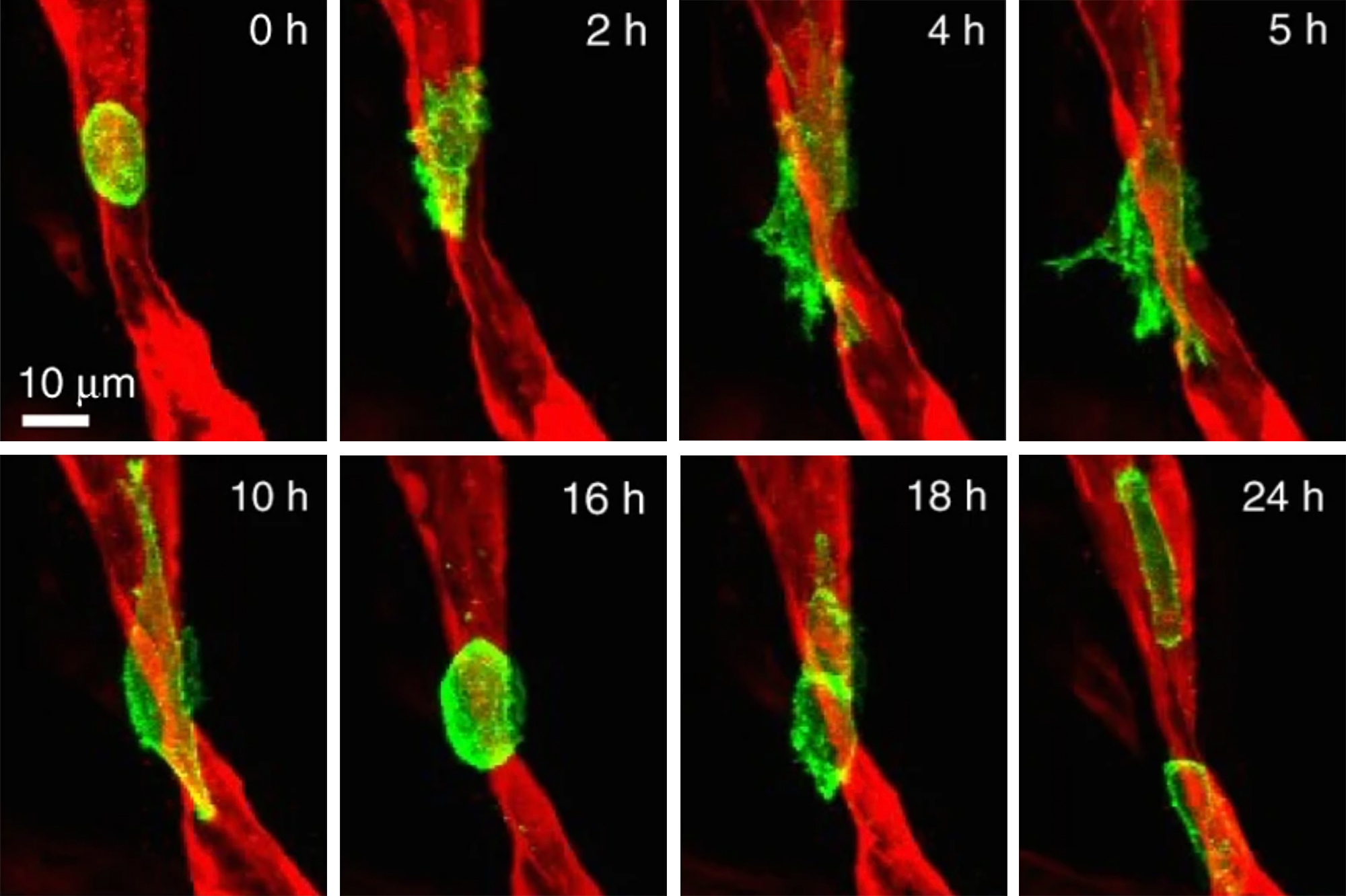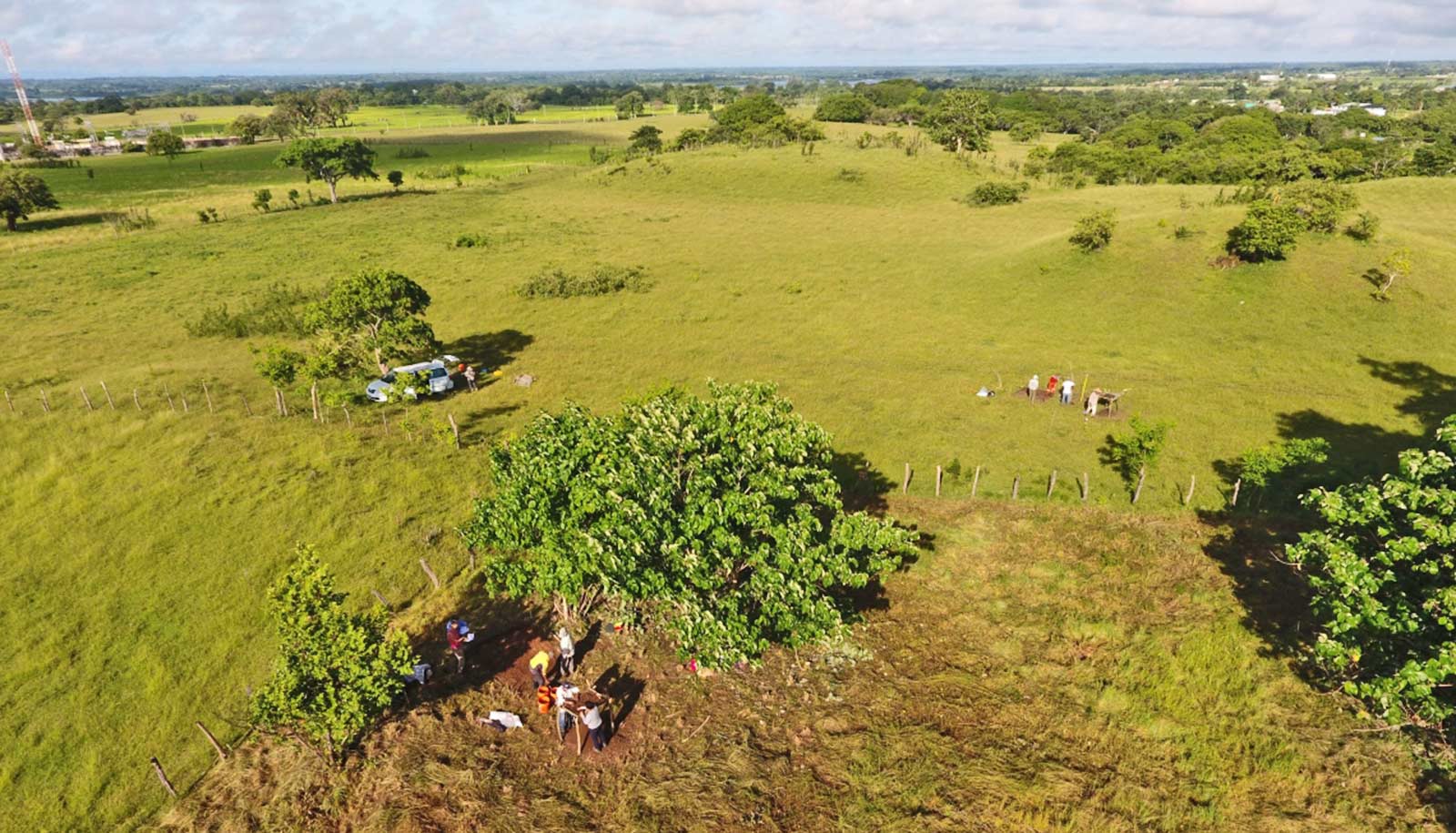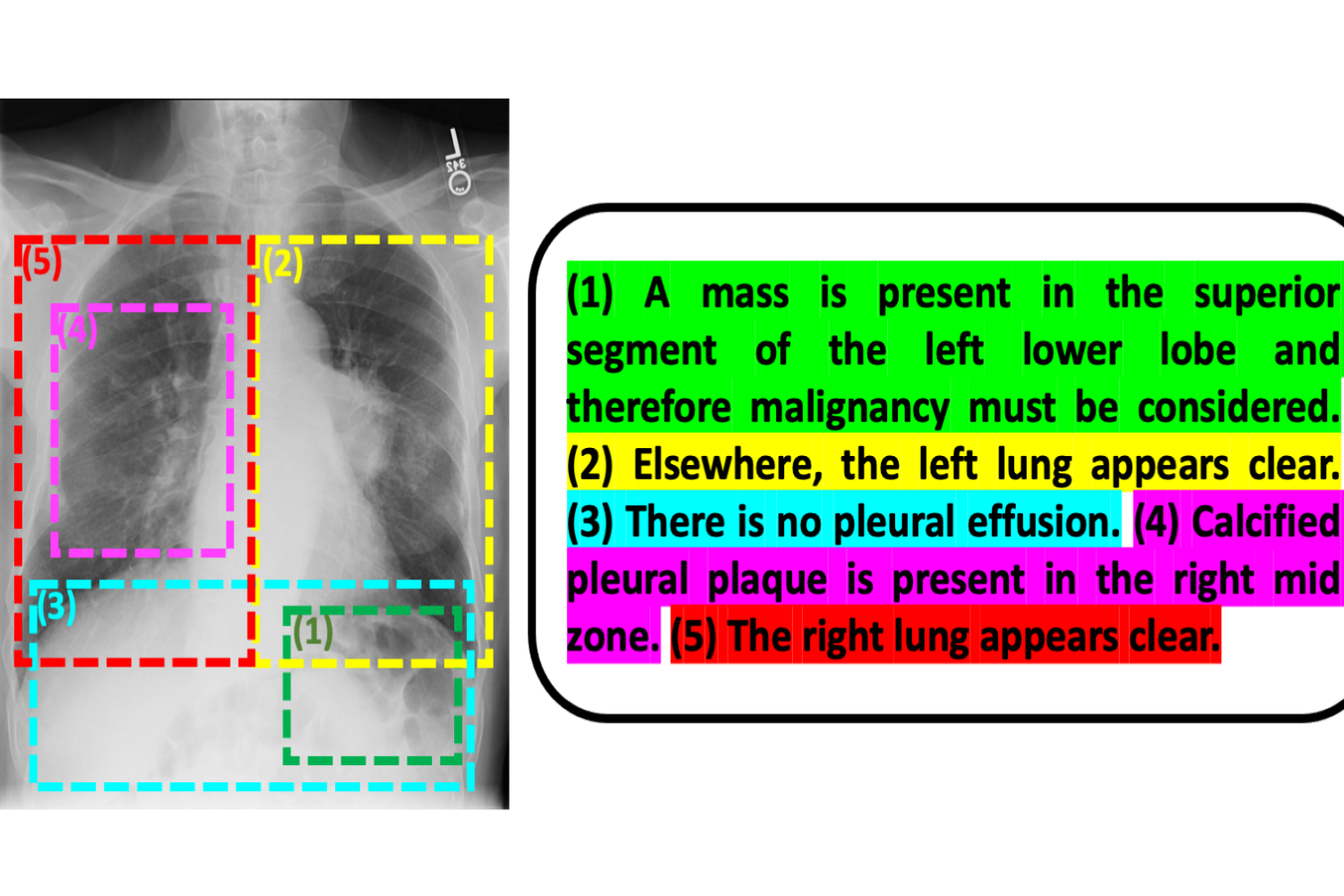The COVID-19 pandemic increased eating disorders among young people – but the signs aren't what parents might expect
Boys, LGBTQ youth and people with normal body mass index are often overlooked when it comes to recognizing eating disorders, a physician and psychotherapist explain.
Sara Groff Stephens, Assistant Professor of Pediatrics, University of Virginia •
conversation
Nov. 2, 2021 • ~8 min
Nov. 2, 2021 • ~8 min
We mapped every large solar plant on the planet using satellites and machine learning
Our data provides a common benchmark unbiased by reporting from companies or governments.
Lucas Kruitwagen, Climate Change and Artificial Intelligence Researcher, University of Oxford •
conversation
Oct. 29, 2021 • ~7 min
Oct. 29, 2021 • ~7 min
50 years ago, the first CT scan let doctors see inside a living skull – thanks to an eccentric engineer at the Beatles' record company
On Oct. 1, 1971, Godfrey Hounsfield’s invention took its first pictures of a human brain, using X-rays and an ingenious algorithm to identify a woman’s tumor from outside of her skull.
Edmund S. Higgins, Affiliate Associate Professor of Psychiatry & Family Medicine, Medical University of South Carolina
• conversation
Sept. 30, 2021 • ~10 min
Sept. 30, 2021 • ~10 min
/
42








